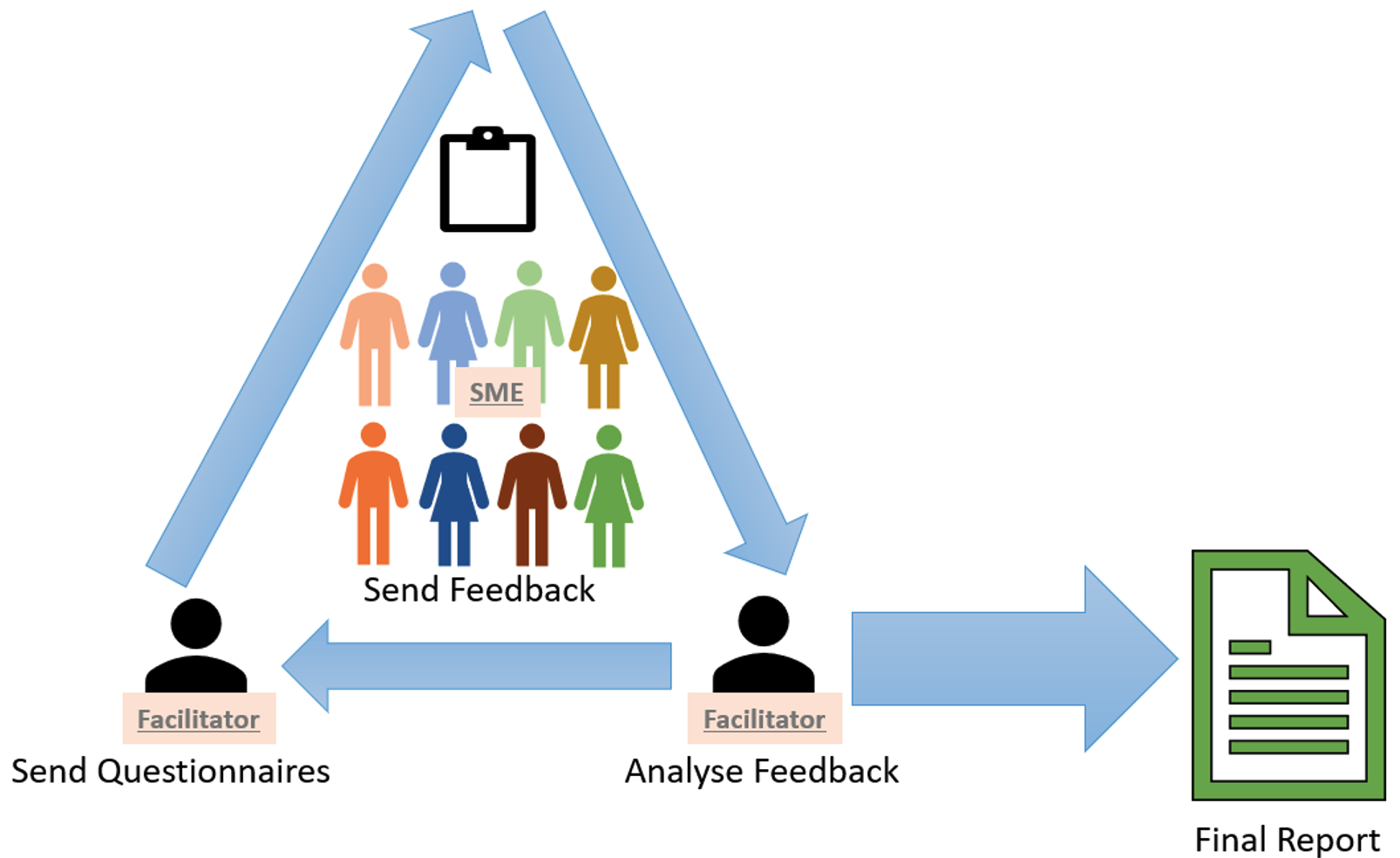No matter the size, enterprise or small, a successful project collaborates with multiple stakeholders to gather requirements and make group decisions on deliverables.
In most cases, stakeholders will have only a general idea of what they’d like to create but never certain to begin with.
Prior to any decision-making exercises, make sure your stakeholders are well equipped:
- Inform your stakeholders and ask them to consider market opportunities, competitors, problems or gaps in the industry that need solving, new software and technologies.
- Only then, should you compile your team together to start discussing your solution.
- Keep in mind, when a group of people are exposed to multiple solutions that exist in the market, you may face a decision block or nobody on the same page.
- That’s when you are required to bring everyone’s ideas together and agree on a united approach.
Here are some techniques based on the PMP methodology. Whilst these are outlined in the PMP framework for group decisions on requirements, these are applicable to any decision-making process (even at home!):
Brainstorming
Ask your stakeholders to get their thinking caps on and start putting their ideas to work. Initially brainstorm individually, allow them to entertain even the most unattainable crazy ideas (this is innovation at work), bring to the group to discuss together and remember to have fun! It’s important to create a safe environment for your stakeholders free of judgement; because no idea is a bad idea.
Digital Tool: Microsoft Teams Whiteboard | Microsoft OneNote
Nominal group technique (NGT)
This is similar to a brainstorming technique but requires there to be a decision or vote by stakeholders to rank the ideas based on usefulness. This is also a process and has a framework that helps to bring structure to your decision making.
- Brainstorm the idea
- Gather and Record: ask everyone to share their brainstorming ideas and write them up on a physical or digital whiteboard
- Discuss: Create a space of collaboration and discuss openly the ideas to determine clarity and importance. Make sure to provide everyone the opportunity to ask further questions or provide comments in the end.
- Vote: The stakeholders votes on each idea from low score of 1 to a high score of 5. The facilitator then tallies up the ratings and discusses with the group. This can be facilitated in many ways, its up to you to create a voting system that suits your stakeholders.

There are pros and cons to this method, as it’s a voting process it has the potential to minimise the full development of an idea but certainly helps move your project along. This is best practiced in situations that requires a consensus met, using this technique after a few iterations of ideas to move on to the next phase of your project.
Digital Tool: Microsoft Forms for voting | Microsoft Excel for your recording | Microsoft OneNote for note-taking
Mind mapping
Mind maps are best used after a brainstorm or NGT to group the ideas into broad categories and visualise the realistic possibility of implementing them. This is also a great tool to visualise where differences exist between stakeholders. Create your mind maps with a central them, levels of associations, keywords, proximity, colour & images.
Digital Tool: Microsoft Teams – MindMeister Dashboard
Affinity diagram
Again, this too is a technique useful for after a brainstorming. It’s best used for a large number of information, verbal data such as survey results or complex ideas. The model is to generate ideas and organise them into groups or categories to further analyse.
To learn more about this technique, this Lucidchart blog explains it well
Digital Tool: Microsoft PowerPoint – Template
Multicriteria decision analysis (MCDA)
This technique works really well on a large backlog of items. It’s a general framework that provides structure to more complex decision-making situations and capture conflicting objectives that stakeholder groups value differently. This uses a table called a “decision matrix” to rank and eliminate project criteria against weights and values such as performance metrics, risks and requirements.

Digital Tool: Microsoft Excel
Delphi Technique
This technique congregates feedback and ideas through a number of iterative (usually 3-5 rounds of feedback) questionnaires or surveys to reach consensus. Each iteration is based on responses from the previous iterations. This technique can also provide anonymity for participants by creating anonymous surveys. It’s a good tool ensure you capture fresh ideas, individual engagement and minimise political attachment & social loafing.

Digital Tool: Microsoft Forms for survey | Microsoft Excel
Get the right stakeholders in the room
Make sure to have the right stakeholder in your decision-making process. These are best facilitated by Project Leads / Managers, Business Analysts and invite Heads Of from various departments to ensure equal representations across all departments such as marketing, HR, finance, IT, Digital and front-line.
Source Links
- https://www.cdc.gov/healthyyouth/evaluation/pdf/brief7.pdf
- https://asq.org/quality-resources/affinity
- https://medium.com/@Lynia_Li/affinity-diagram-a-six-sigma-tool-for-prioritizing-ideas-ad1f5e57f3f3








